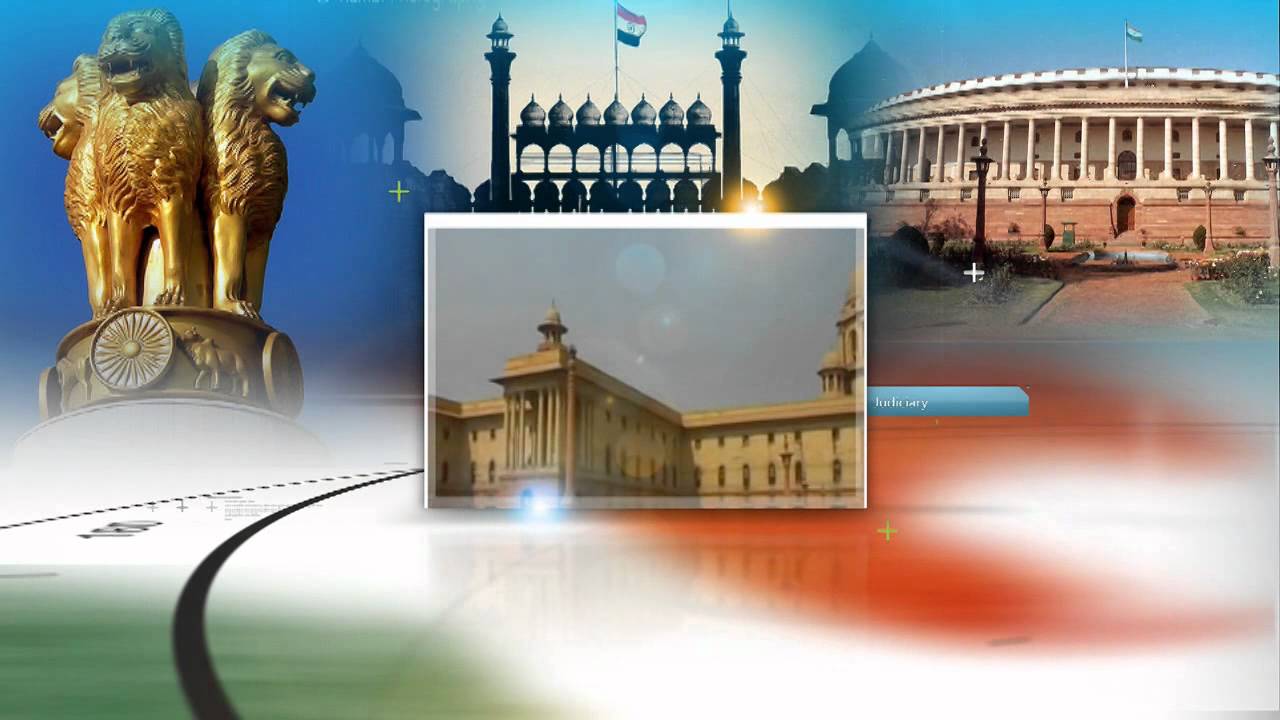Font size:
Print
India’s Push for Satellite Internet
Context:
Recently Communications Minister Jyotiraditya Scindia emphasised the need for achieving 100% saturation in internet coverage. Satellite internet is emerging as a key solution to enhance digital connectivity in remote and disaster-prone areas of India. The government’s policy direction is set to benefit global firms like Starlink, Amazon’s Project Kuiper, and OneWeb.
Need for Satellite Internet in India
Policy Direction and Market Dynamics
- The government has opened the market for global players, promoting competition and consumer choice.
- Regulatory Licensing: Firms like Starlink await licensing approval and spectrum pricing guidelines.
- Strategic Partnerships: Starlink has recently formed alliances with Reliance Jio and Bharti Airtel.
- Security Considerations: Compliance with national security and external security norms is mandatory for foreign firms.
Competitive Landscape
- Existing Players: Reliance Jio’s JioSpaceFiber and OneWeb have already secured local licenses.
- Potential Disruption: Starlink and Amazon Kuiper’s entry could challenge incumbent telecom players.
- Technology Limitations: Satellite services require a clear sky view, making indoor usage limited compared to terrestrial networks.
- Geographical Challenges: Remote regions and difficult terrains make fiber and mobile connectivity infeasible.
- Disaster Resilience: Satellite connectivity remains functional even when natural disasters damage traditional telecom infrastructure.
- Bridging the Digital Divide: Essential for reaching unserved and underserved areas, ensuring inclusive digital access.
- Complementary Role: Will work alongside fiber and terrestrial networks, rather than replacing them.
Spectrum Allocation Debate
- Administrative Allocation vs. Auction:
- The government supports administrative allocation, aligning with global best practices.
- Reliance Jio favored an auction, citing a level playing field since it invested $19 billion in spectrum auctions.
- Cost Considerations:
- Auctions would increase capital expenditure for foreign entrants, potentially deterring them.
- Administrative allocation lowers entry barriers and promotes economies of scale.
Pricing and Consumer Impact
- India has one of the world’s lowest data prices ($0.11 per GB).
- Satellite internet firms will determine their pricing models, balancing affordability with sustainability.
- Global pricing precedent:
- Starlink charges $120/month in the US but $10/month in Kenya, indicating potential flexibility in pricing for India.
Future Prospects and Economic Impact
- India’s Telecom Market:
- Second-largest internet market globally with 942 million users.
- Deloitte projects $1.9 billion valuation for India’s satellite broadband market by 2030.
- Government Initiatives:
- Revival of BSNL with 4G expansion to counter competition.
- Potential policy interventions for Vodafone Idea, which has $24 billion in outstanding dues.


